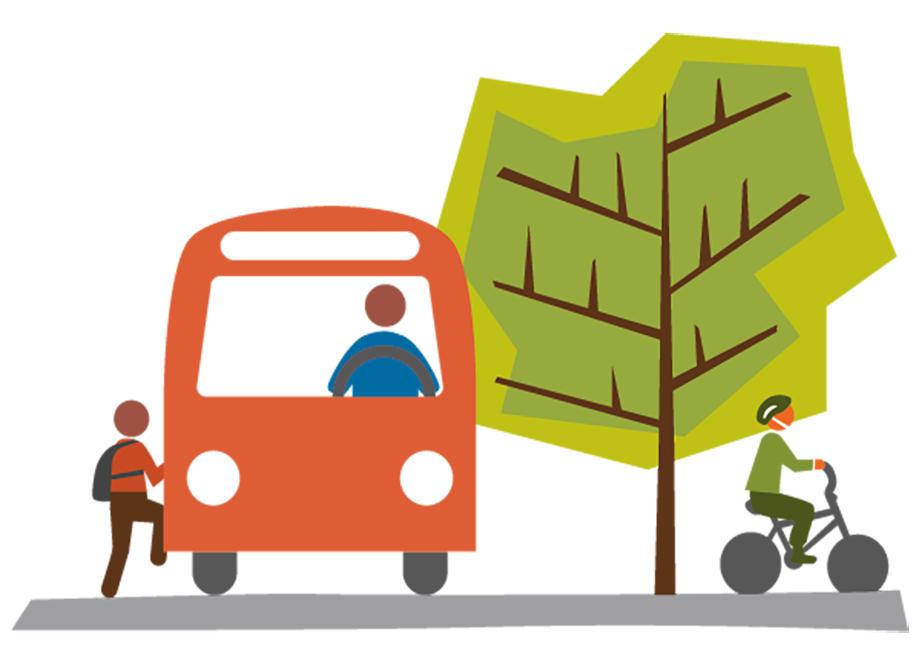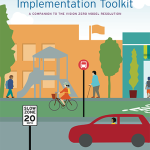How can we make sure that street designs serve everyone, not just drivers in cars? At state, regional, and local levels, policymakers are adopting Complete Streets policies. Complete Streets can improve health and equity, bolster economic vitality, and increase transportation efficiency.
Complete Streets are streets that are planned, designed, built, and maintained to safely serve all people, including those who walk, bicycle, take transit, use mobility devices, and drive. Complete Streets facilitate and promote many forms of getting around safely and easily.
Unlike conventional street designs, which prioritize car traffic over other types of transportation, Complete Streets promote mobility and physical activity for people of all ages, abilities, and income levels. Likewise, related policies, planning practices, and design guidelines should support all modes of transportation, each operating in harmony with the others. The goal of Complete Streets is to create an equitable, safe, comprehensive, connected, and accessible transportation network.
See our Complete Streets guides, fact sheets, and model policies below.


